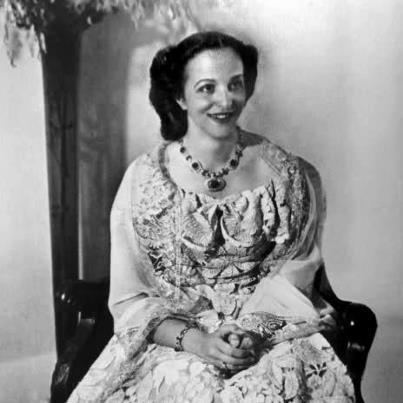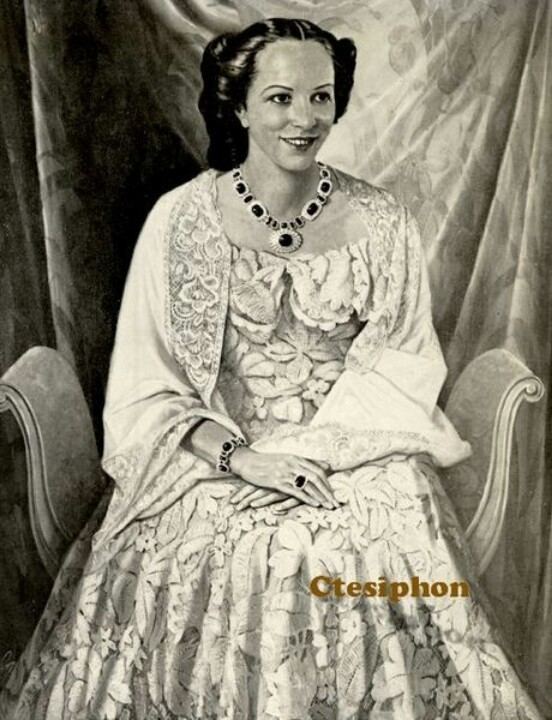Name Aliya Ali Role Princess | House House of Hashemite Children Faisal II of Iraq | |
 | ||
Tenure 25 January 1934 - 4 April 1939 Burial Royal Mausoleum, Adhamiyah Spouse Ghazi of Iraq (m. 1934–1939) Siblings 'Abd al-Ilah, Princess Khadija Abdiya, Princess Jalila, Princess Badia Parents Nefissa bint Abd al-Ilah, Ali of Hejaz Similar People Ghazi of Iraq, Faisal II of Iraq, 'Abd al‑Ilah, Faisal I of Iraq, Ali of Hejaz | ||
Queen Aliya bint Ali of Hejaz (1911 – December 21, 1950), was an Arabian princess and a queen consort of Iraq. She was the spouse and first cousin of King Ghazi of Iraq and the queen mother of Faisal II of Iraq. She was the last queen of Iraq.
Contents

Life
Princess Aliya bint Ali was the second daughter of Ali bin Hussein, King of the Hijaz and Grand Sharif of Mecca.
On January 25, 1934 Aliya bint Ali married her first cousin, King Ghazi I of Iraq in Baghdad, Iraq. They had one son:
Queen Aliya eventually separated from King Ghazi. When Ghazi died in a car crash on 4 April 1939, the politician Nuri as-Said was widely suspected of being implicated in his death. At the royal funeral crowds chanted: “You will answer for the blood of Ghazi, Nuri.” Nuri was suspected to have been in contact with Queen Aliya and plotted with the brother of the queen, 'Abd al-Ilah, to depose the king Nuri supported the accession of 'Abd al-Ilah as regent for Ghazi’s successor, Faisal II, who was still a minor. The new regent was initially susceptible to Nuri’s influence. As her son, the last monarch of Iraq, did not marry, Aliya was the last queen of Iraq.
Suspicion in Death of Servant
Queen Aliya, possibly through her "adherents," was suspected by the British to have something to do with the death of a young servant of the palace. King Ghazi was suspected of having an extra-marital affair with a young Iraqi servant. British sources wrote in 1938 that King Ghazi’s bad reputation was tarnished “further” when a “Negro youth,” who was employed at the palace, died by “accidentally” discharging his revolver when he didn’t remove it before his afternoon siesta. An official police expert ruled that the Palace's explanation was consistent with the police examination.
But the British suspected there was more to the story, in particular that one of the Queen’s “adherents” might have killed the boy, as the boy was suspected to be “the King’s boon companion in debauchery” and the Queen therefore had a “deep aversion” to the boy. The King was in a panic after this incident, fearing imminent assassination.
